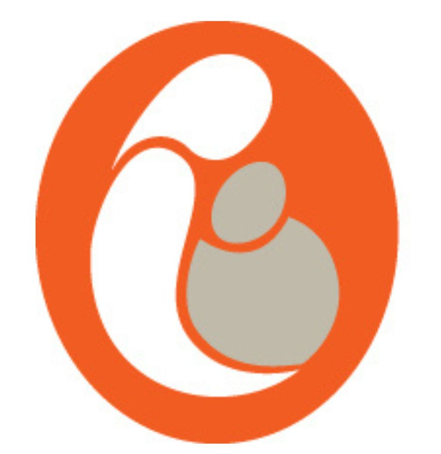Planned Home Births in Ireland Research
Planned Home Births in Ireland Research
Exploring maternal pushing techniques and perineal trauma in Home Births: A comparative analysis of Irish and American women, 2012-2021
- This study will investigate the correlation between maternal pushing methods and perineal tearing during planned home births, comparing retrospective data from the United States (US) and the Republic of Ireland (ROI) over ten years.
- Data will be analysed from the following datasets; the Midwives Alliance of North America (MANA) Statistics registry, encompassing births from 2012 to 2018 in the US, and the National Perinatal Epidemiology Centre (NPEC) national clinical audit on Health Service Executive (HSE) planned home births, covering births from 2012 to 2021 in the ROI. These datasets comprise information compiled by midwives predominantly practising in community settings.
- The study anticipates uncovering insights into the relationship between maternal pushing techniques and perineal tearing during planned home births, with a comparative analysis between the US and the ROI spanning a decade.
- Findings are expected to shed light on potential differences in perineal trauma rates between the two countries and identify any correlation with specific maternal pushing methods.
- The retrospective examination of data from the Midwives Alliance of North America (MANA) Statistics registry and the NPEC Home Birth National Audit is anticipated to provide valuable information for improving perinatal care practices and guiding future research efforts in both countries.
Maternal and infant outcomes of women who labour at home in Ireland: Insights from a Planned Home Births National Clinical Audit, 2012-2021
- To detail the characteristics of women and infants involved in low-risk pregnancies initiating labour at home in the Republic of Ireland, utilizing data from a national retrospective cohort study spanning from 2012 to 2021.
- A retrospective cohort study will be conducted, utilizing national data from the National Perinatal Epidemiology Centre (NPEC) "Planned Home Births in Ireland National Clinical Audit," focusing on low-risk pregnant women who commence labour at home under the Health Service Executive (HSE) Home Birth Service scheme.
- Eligibility for the HSE National Home Birth Service will be assessed based on individual risk assessment criteria outlined in the HSE Memorandum of Understanding (MOU). Cases of antepartum transfers not returning to the care of Self-Employed Community Midwives (SECMs), along with those not under Home Birth Service care at the time of birth, will be excluded. Maternal and infant outcomes, including labour details, delivery methods, maternal complications, and neonatal health indicators, will be analysed.
- The study anticipates providing detailed insights into the characteristics of women and newborns involved in this cohort, revealing trends in perinatal outcomes. Findings will contribute to informed decision-making regarding home birth practices and policies, potentially enhancing maternal and neonatal care in Ireland.
Comparing Maternal and Neonatal Outcomes of Planned Home Births and Hospital Births in the Republic of Ireland: A Retrospective Cohort Study, 2012-2021
- This study aims to compare the maternal and neonatal outcomes of women intending to give birth at home versus those birthing in hospital, focusing on low-risk pregnancies in the Republic of Ireland (ROI) from 2012 to 2021.
- A retrospective analysis will be conducted by merging data from two national databases covering the period from 2012 to 2021, focusing on low-risk pregnancies.
- Analysis will include information from the National Perinatal Epidemiology Centre (NPEC) "Planned Home Births in Ireland National Clinical Audit" and the "Hospital In-Patient Enquiry (HIPE)" database, encompassing data from all 19 maternity hospitals in ROI.
- We will identify low-risk pregnancies based on criteria outlined by the Health Service Executive (HSE) guidelines, ensuring consistency in eligibility for home birth services and hospital births. Exclusion criteria will be applied using the ICD-10 AM coding system to exclude high-risk cases and pregnancies with complications.
- The study expects to provide comprehensive insights into the maternal and neonatal outcomes of low-risk pregnancies, comparing planned home births to hospital births in the ROI from 2012 to 2021.
- Anticipated findings include a detailed comparison of maternal and neonatal health indicators, such as labour details, delivery methods, maternal complications, and neonatal health outcomes, between the two birthing settings.
- The retrospective analysis of data from the "Planned Home Births in Ireland National Clinical Audit" and the "Hospital In-Patient Enquiry (HIPE)" database is expected to inform evidence-based decision-making regarding home birth practices and policies, potentially contributing to improvements in maternal and neonatal care in Ireland.
People
- Professor Richard A. Greene
- Dr Paul Corcoran
- Dr Indra San Lázaro Campillo
- Jessica Keane
- Dr Marit L Bovbjerg
Assistant Professor Oregon State University



-1.png)